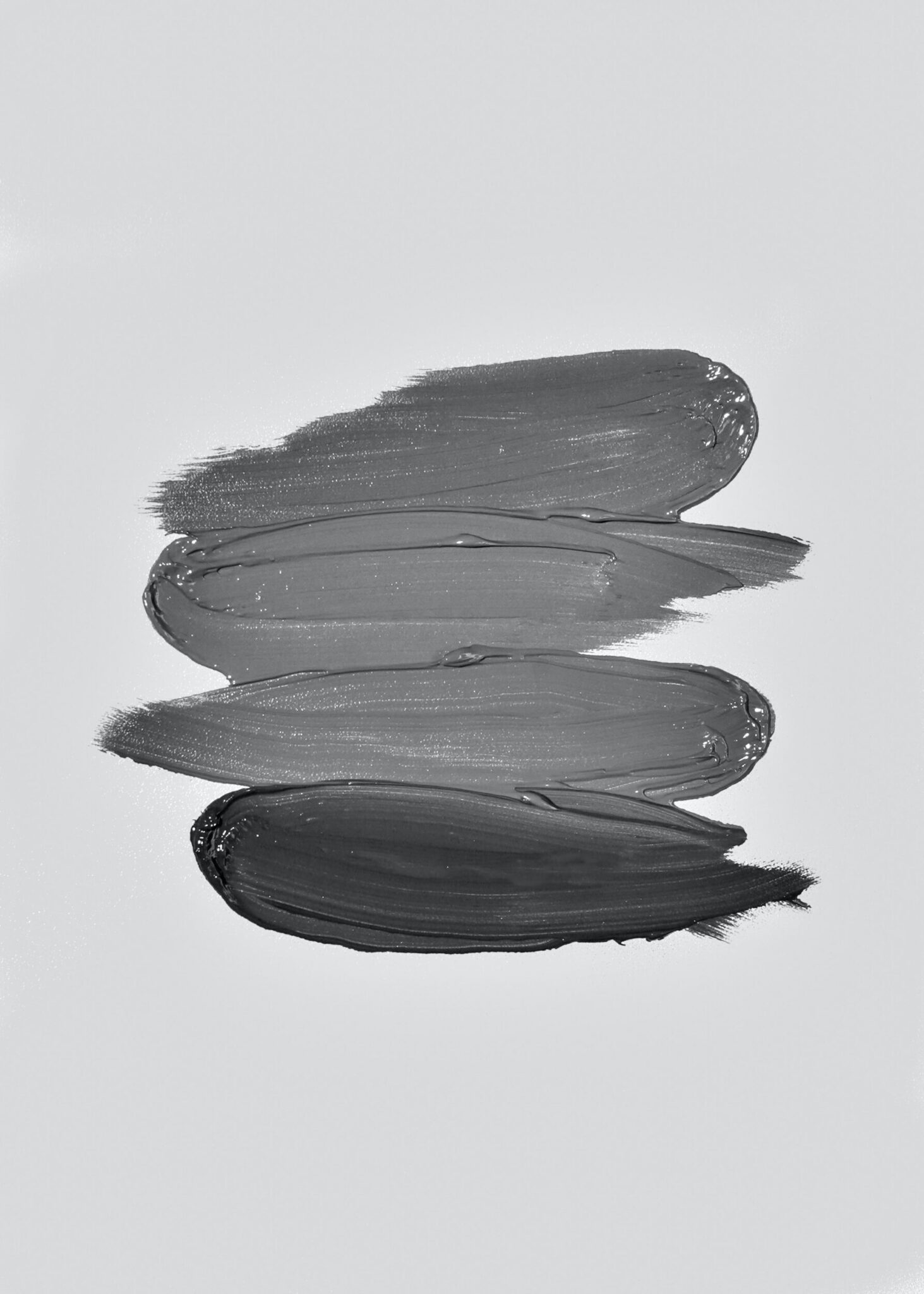Clean Beauty is part of a wave of revival of established codes so far from brands whose marketing was more important than product effectiveness. The problem is that when we talk about clean beauty, we mean everything and its opposite, which does not allow us to have a concrete idea on the subject. To help you see more clearly, here’s something to get a good idea of what clean beauty is or isn’t.
What is clean beauty?
If the concept of clean beauty is increasingly popular right now, it is because it is based on responsible production of cosmetics while carrying particular attention to the quality of the formulation. Ingredients of natural origin, active ingredients derived from biotechnologies, the absence of controversial elements such as sulphates or (certain) parabens… The brands do their best to develop cutting-edge, effective and (above all) formulas. safe for human and animal health …
Myth No. 1: clean cosmetics are more expensive
Clean cosmetics have not always been the norm, which has made them particularly expensive and difficult for everyone to access. But in recent years, many beauty brands have begun (not always with the best of intentions) to formulate products whose composition is relatively clean.
Downside? Some labels are not entirely honest in their transformation process after spending years selling cosmetics that are harmful to the planet and the body. But this sudden popularity still has an advantage: lower the prices of beauty products with a more qualitative formula (and often less harmful) than before.
Today you can easily get your hands on a state-of-the-art active ingredient serum or exfoliating lotion for less than € 30, which was not so simple 10 years ago.
Myth # 2: clean cosmetics are free of skin-harming ingredients
Many ingredients can be harsh on the skin. But that doesn’t mean they’re all bad.. Clean cosmetic brands often take sides ban suspect ingredients (irritants, carcinogens, endocrine disruptors or non-biodegradable) to focus on those whose effectiveness is not based on questionable and aggressive raw materials for the epidermis. Some products, however, in particular purifying, rebalancing or resurfacing, contain acids (AHA, BHA or PHA) or even retinol which, depending on the type of skin, can damage it. For this reason it is always necessary to take into consideration the recommendations of the experts so as not to overdo it and use them only with the certainty that the epidermis can resist it.

Myth No. 3: clean beauty is organic and vegan
If organic and vegan cosmetics aren’t necessarily clean, this also applies to clean beauty, which is not always based on the use of organic raw materials. When this is the case, the brand notifies it, but to be considered clean, the notion of staff is not mandatory. In fact, you should know that organic beauty products rely on government-supervised measures, especially when it comes to informing the consumer about the type of product they have on their hands. The target. the goal? That a cosmetic whose formulation does not contain 100% organic ingredients can be identified quickly. Here’s what you can read on the economie.gouv.fr website:
“In cosmetic products, if 100% of the ingredients or raw materials are organic, the indication ‘organic’ may seem to designate the product as a whole. If, on the other hand, the overall rate in the product of these organic ingredients or raw materials is less than 100%, it must be indicated. Otherwise, the indication “organic” should appear only next to the ingredient or ingredients concerned, so that the consumer cannot think that the whole product is “organic” when this is not the case. “
Myth No. 4: clean beauty is ineffective
Clean beauty is full of brands that both use the best of nature and biotechnology to create the most advanced cosmetic products. A process that can be quite lengthy, as the withdrawal of some problematic raw materials can lead to endless formulation processes. And if the “bad ingredients” are no longer part of the game, the ones that really work, they, they are maintained and even enhanced by other quality active ingredients which can be added according to the labels. Cutting-edge ingredients, not always well known to the general public, which however make the difference in terms of results. In short, clean beauty is far from ineffective.
Front Page Image Credits: @Harper Sunday.
Source: Madmoizelle
Bernice Bonaparte is an author and entertainment journalist who writes for The Fashion Vibes. With a passion for pop culture and a talent for staying up-to-date on the latest entertainment news, Bernice has become a trusted source for information on the entertainment industry.


.png)

